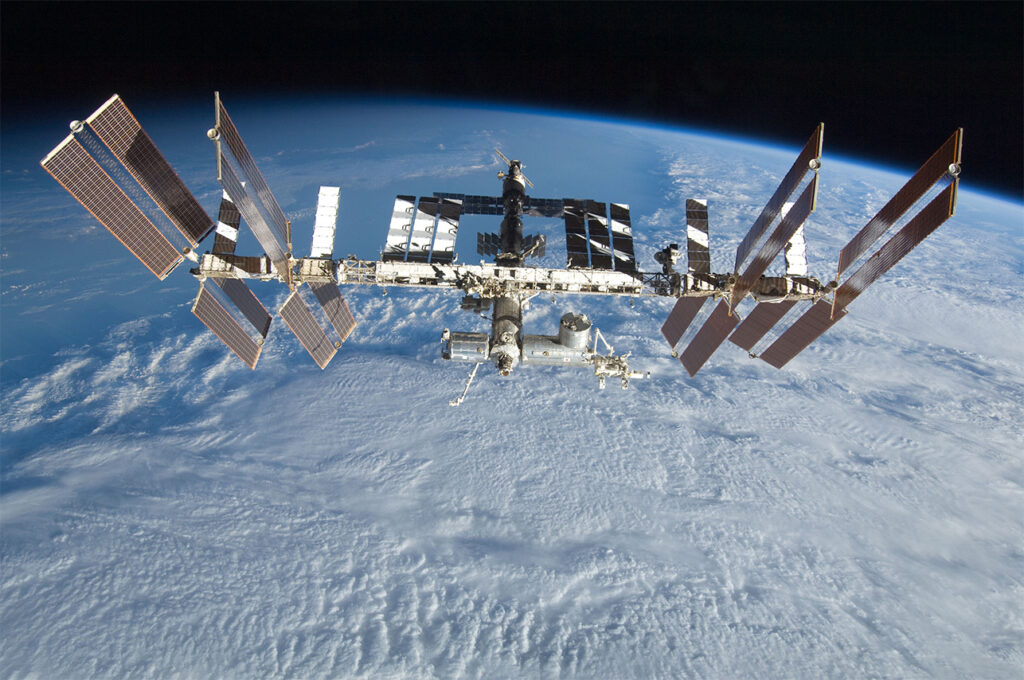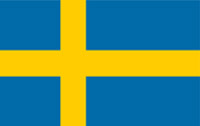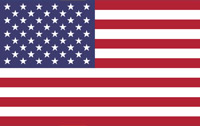
The Space Race – conquering the heavens
In the vast expanse of the cosmos, amidst the turbulent backdrop of Cold War rivalry, an epic tale of ambition, innovation, and human tenacity unfolds — the Space Race. This enthralling saga culminates in the historic moon landing of 1969, a triumph that forever altered our perception of what is achievable.
The year is 1957. The Soviet Union unveils a technological marvel that after much technical innovation and hard work, would spark a revolution — Sputnik 1, the first artificial satellite to orbit the Earth. As its radio signals beeped across continents, the world stood in awe, the boundaries of human achievement redrawn. The Soviet flag flew high, casting an imposing shadow over the United States who was cast into the “Sputnik Crisis”, that prompted calls for American action to be able to compete with the Soviet Union about mastering space.
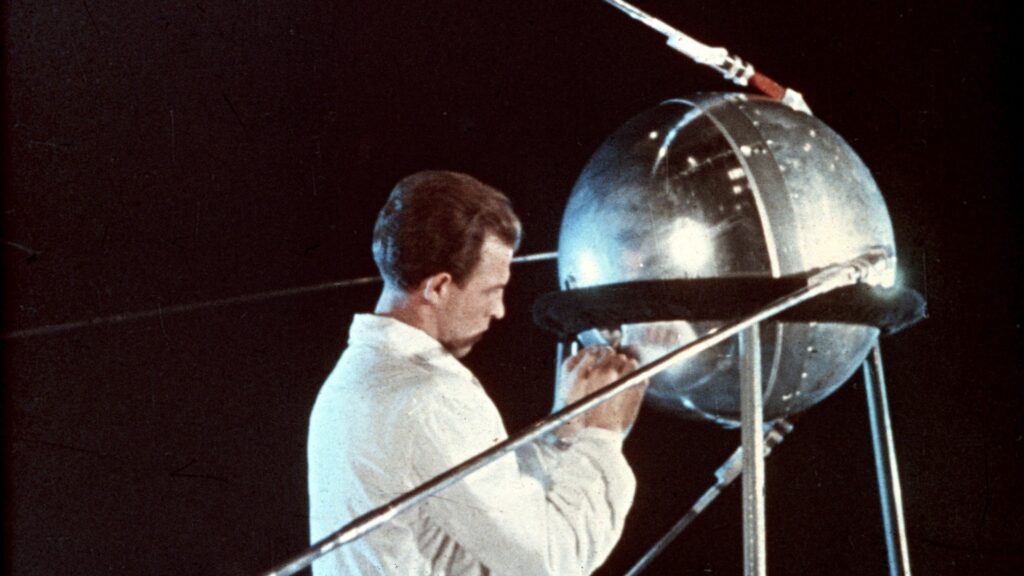
In the wake of Sputnik’s launch, the United States found itself lagging behind the Soviet, and work was started right away to close the gap. The year after Sputnik was launched, Dwight D. Eisehower was responsible for the creation of the “National Aeronautical and Space Administration”, better known as NASA. This new agency was tasked with taking up chase on the Soviets, and with that the “Mercury Project” is created.
Project Mercury will be host to the first of the human spaceflight programmes of the United States, followed by Gemini and later Apollo that would famously put the first men on the moon. The first human in space would however become the Soviet Cosmonaut, Yuri Gagarin in his “Vostok 1” spacecraft. His orbital flight in 1961 marked the zenith of Soviet triumphs, showcasing their dominance in space exploration. The world watched as a cosmonaut’s smile encapsulated the dreams of an entire nation.
NASA embarked on a hugely ambitious journey and In 1961, Alan B. Shepard became the first American in space onboard the “Freedom 7”, however still far behind the Soviet Union in terms of celestial achievements.
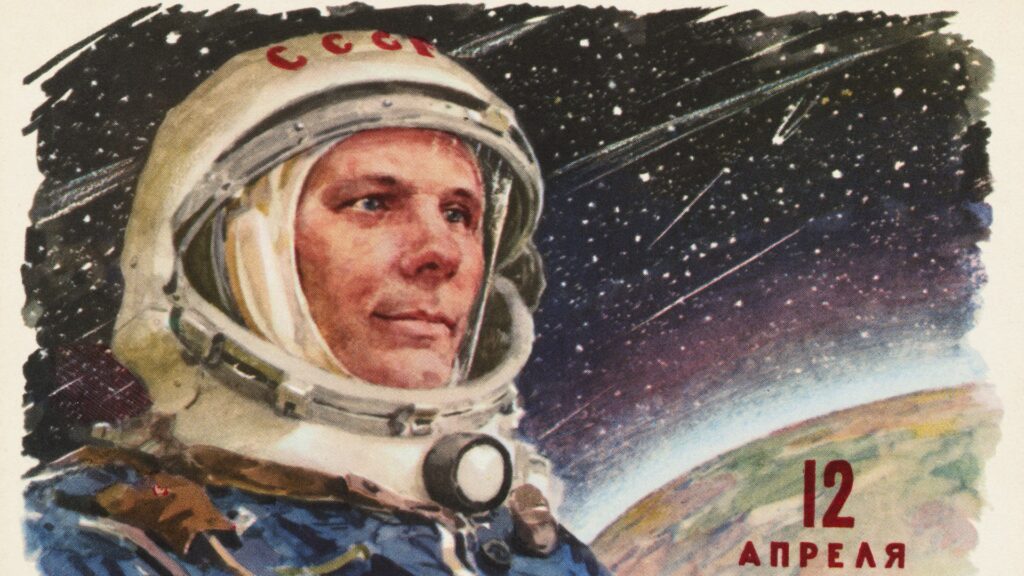
Amidst the anxiety of falling even further behind, a young and charismatic leader emerged—President John F. Kennedy. In 1961, he boldly declared that the U.S. would put a man on the moon and return him safely to the earth before the decade’s end. This declaration was more than a challenge; it was a call to arms, and the US entered the space race in earnest from this point on.
The Soviets however continued to stay ahead of the Americans, and in 1963 Valentina Tereshkova become the first woman in space onboard the “Vostok 6”, and “Luna 4” successfully impacts the surface of the moon, relaying important data back to earth, furthering the Soviet lead over the west.
1963 however has another big event in store, one that is tragic and will darken the American skies for years to come. President John F Kennedy is shot dead, assassinated, on the 22nd of November 1963. As he officially was a big supporter and driver for the space race, NASA intensifies it’s efforts with the help of the new administration where Lyndon B Johnson now has taken the helm after Kennedy.
A little known fact is that Kennedy was not such a big believer in the space exploration efforts as it’s officially made known. Behind closed doors he wanted to shut down the efforts as it consumed enormous recourses. So without him being assassinated in 1963, the space exploration of the United Stated may very well have been taken in a far different direction.
To honour the memory of Kennedy and his proclamation of “putting a man on the moon”, work is being carried on, with new a greater efforts.
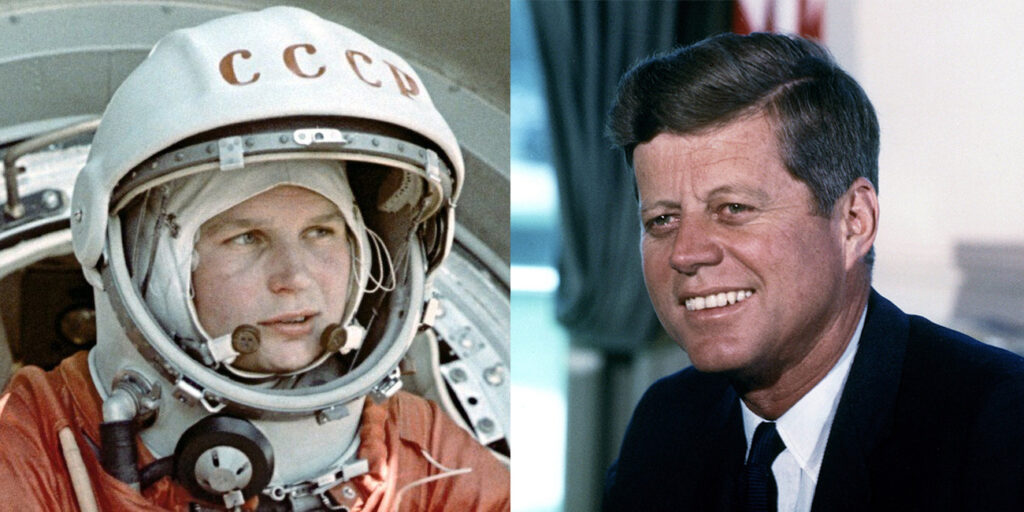
As the years wore on, the Soviet Union continued to stay ahead of it’s rival, and in 1965 another big milestone was reached when Alexei Leonov performed the first space walk in the history of mankind, a feat that would be repeated by the Americans just two months later, in June 1965, Ed White becomes the first American performing a space walk.
In 1966 tragedy strikes the Soviet space program as the Soviet Space program chief designer and lead engineer, Sergei Korolev dies. The circumstance around his passing if shrouded in mystery but it is believed that he died during a routine surgery, due to poor performance from the hospital staff. His death is not immediately known to the world, but it will be a huge blow to the Soviet Space program. And in fact, the race to the moon is from this moment lost for the Soviets.

The race does continue on however, and bigger advances are made in a steady fashion. Things are not without accident and fatalities, both sides saw their fair share of accidents leading to deaths. In 1967 the Apollo 1 catches fire on the pad during a routine test, this leads to a restructure of how things are done at NASA and in mission control. The Soviets loose control of their Soyuz 1 during re-entry, and it’s pilot, Vladimir Komarov is tragically killed. 1967 is not just tragedy however, the Apollo 7 mission is a huge success and orbits the earth for 11 full days, thus giving the Americans further momentum in the race to the moon.
Apollo 8’s lunar orbit in 1968 offered a tantalizing glimpse of the moon’s beauty, a preview of what lay ahead and the iconic “Earthrise” photo is taken. The Soviets have success with their Zond 7 probe that orbits the moon and takes photos of the lunar surface, but it’s safe to say that it this point in the race the Americans have pulled ahead, likely due to the nature of the Soviet Unions governing systems at the time and the death of their lead scientist Korolev a few years prior.
July 20, 1969—the world holds its collective breath as Apollo 11’s Lunar Module, christened “Eagle,” descends toward the lunar surface. Amidst tense moments and heart palpitations, and with only seconds worth of fuel to spare, Neil Armstrong’s voice crackles through the radio, uttering words that would echo through eternity—”Houston, Tranquillity Base here. The Eagle has landed.”
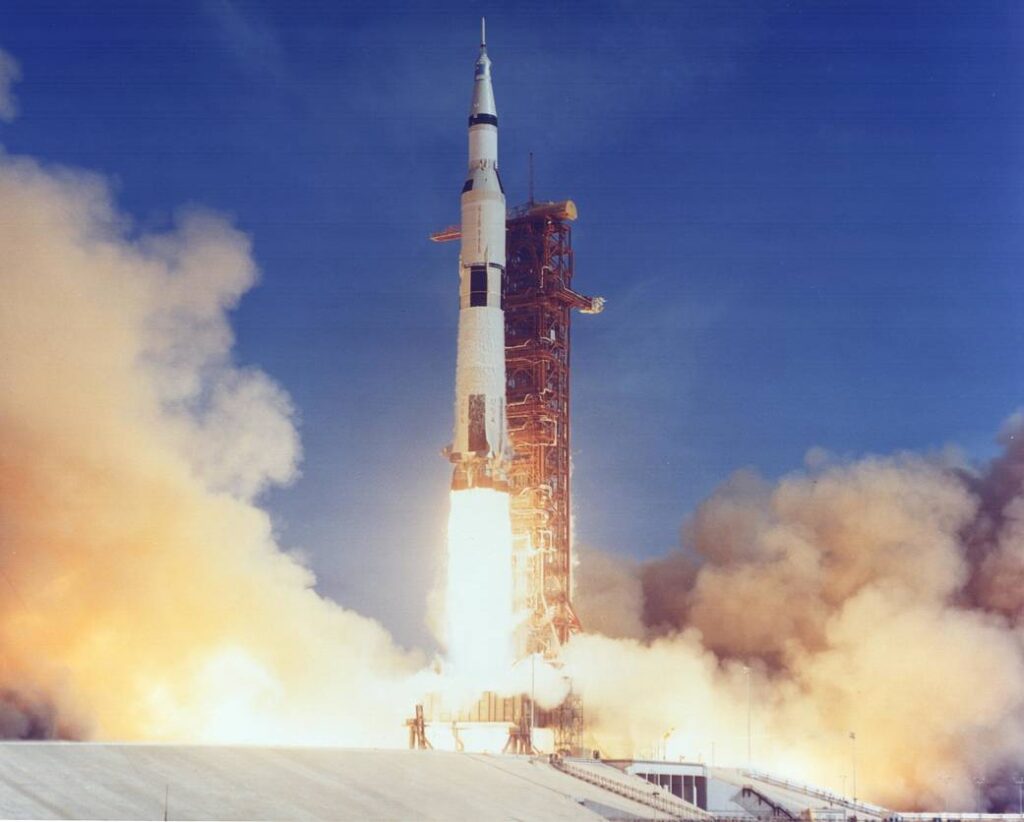
The moment arrives. The hatch opens, and humanity collectively holds its breath as Neil Armstrong, descends the lunar module’s ladder. With one small step, he becomes a symbol of human achievement, a representative of the indomitable spirit that propels us beyond our limitations. “That’s one small step for [a] man, one giant leap for mankind,” he proclaims.
As the Apollo 11 crew returns home, they bring with them more than moon rocks and scientific data. They bring back the realization that the impossible can be made possible, that dreams can transcend the boundaries of Earth. The Space Race, an odyssey of rivalry and innovation, has reached its zenith, leaving an indelible mark on history and the human psyche.

The moon landing of 1969 was more than a singular event—it was a culmination of humanity’s quest to conquer the cosmos. It was a testament to the audacity of visionaries, the brilliance of scientists, and the courage of explorers. The Space Race ignited a fire of curiosity that continues to burn, inspiring generations to reach for the stars, to push the boundaries of knowledge and possibility and today, in 2023, we have a new space race unfolding. Nations and private companies are competing and collaborating in their efforts to further our understanding of the celestial heavens above us.
